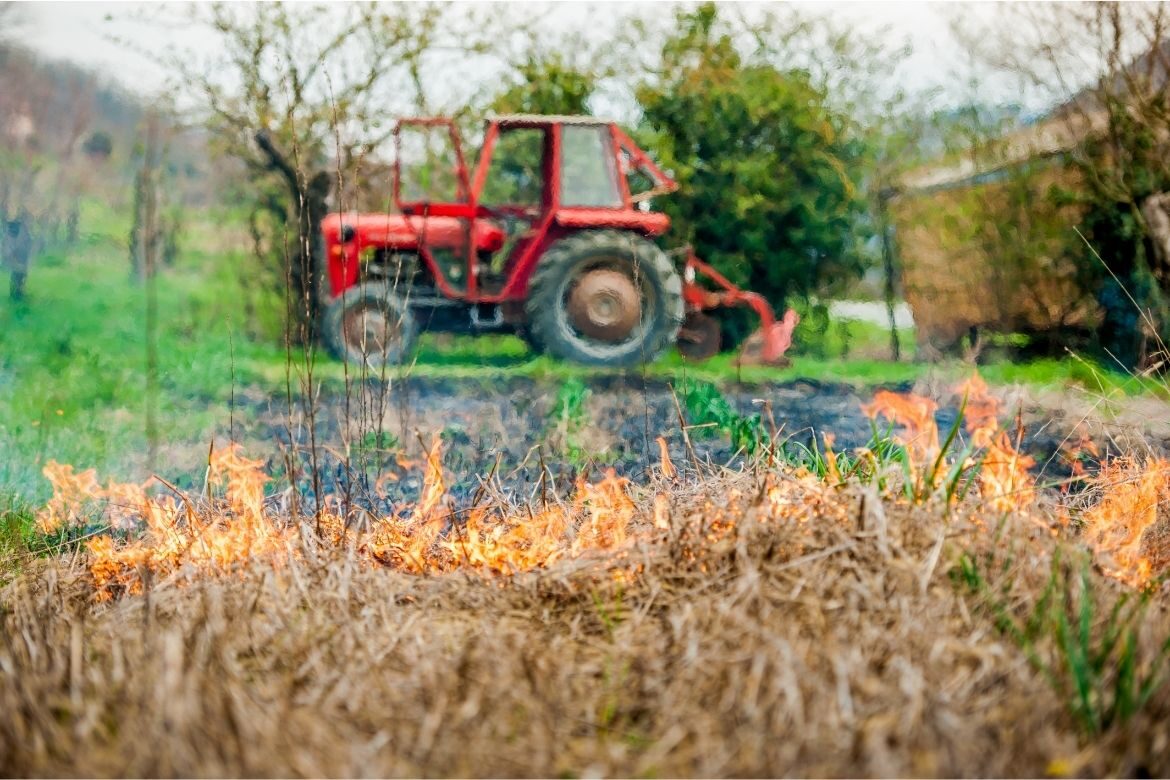Teagasc promotes prescribed burning in Ireland. However, the rules of best practice in habitat management apply. There must be no alternatives to rejuvenating the area for sustainable grazing.
Best practice
Prescribed burning revitalises abandoned or undergrazed dry heaths. It is best planned outside the bird-nesting season, which is from 1 September until the end of February.
Farmers must get all essential permissions and notify affected parties. These include Actions Requiring Consent from National Parks and Wildlife Service for NATURA areas, Local Authority Waste Management, fire services, neighbours, and local forestry owners.
Teagasc recommends prescribed burning of multiple small blocks of less than one hectare. This will establish a mix of vegetation structure that will minimise the potential for overgrazing of new growth on revitalised areas. Manage the flames so they do not exceed 1.5m. Heat should be moderate. This will prevent burning the underlying peat.
This practice is only relevant for areas where controlled burning will enhance the habitat for biodiversity and climate change, and benefit the uplands in the long term. A controlled burn is applicable to dry heath containing strong heather but not to blanket bog, wet heath, or upland grassland. Burning in blanket bogs and wet heaths damages vegetation such as sphagnum mosses and lichen habitat. Meanwhile, burning upland grassland reduces the diversity of flora and fauna.
The European Innovation Partnerships, Sustainable Uplands Agri-environment Scheme in Wicklow, and Comeragh Uplands Communities in Waterford are engaging with all stakeholders on upland management. Their focus covers sustainable grazing and the role of prescribed burning.

